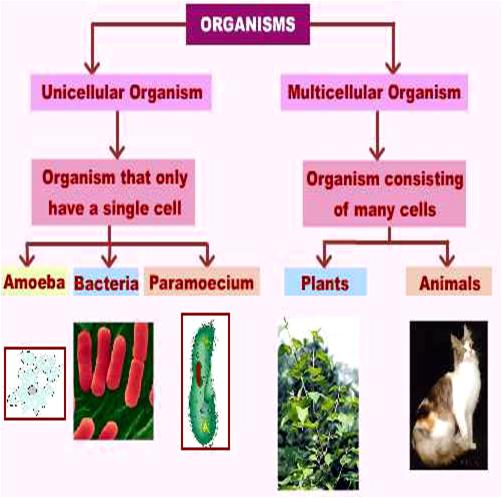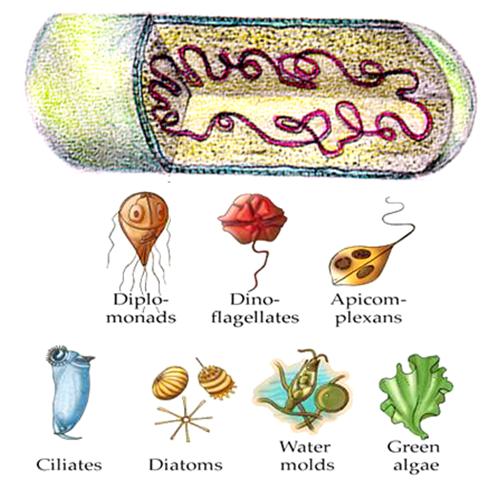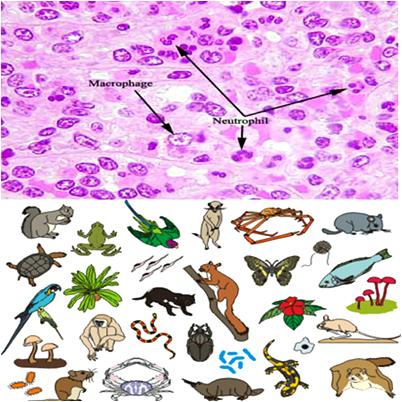Difference Between Unicellular and Multicellular

Have you ever tried to figure out how the organisms grow as their age increases? You might not know, but it due to increase in number of cells in their body. “Cells are the building blocks of life/living things.” No life can exist without cells. They are microscopic in size and possess all the biological characteristics that are essential for defining what organisms are. The number of cells varies in the living things. Based on the number of cells, organisms are divided into two major groups – unicellular and multicellular. Both types of organism are composed of microscopic cells and are capable of transcribing Deoxyribonucleic acid (DNA) into Ribonucleic acid (RNA).
It is important for almost everyone to know about the cells, their importance, and functions. However, it was discovered through some researches that many of older people, up to this time, do not even know the simple difference between unicellular and multicellular organisms. So how can you expect them to know about the other features of cells? It’s not too late yet! It is few minutes’ task to differentiate between unicellular and multicellular organisms.
Unicellular organisms are composed of one simple cell. Multicellular organisms, on the other hand, are made up of a lot of different types of cells.
Unicellular organisms are usually prokaryotes – the ones without nucleus Multicellular organisms are usually eukaryotes – the ones with a proper nucleus.
In unicellular organisms, the DNA is not separated from the cell. In multicellular organisms, it is clearly separated from rest of the cells.
Unicellular organisms have to take care of themselves as any damage or death of their only cell can lead to their ultimate death. Consequently, multicellular can survive even if few of their cells are destroyed.
Unicellular organisms are microscopic and less complex in structure, whereas, the multicellular organisms are able to be seen and are multifaceted in structure.
Instructions
-
1
Unicellular Organisms
The prefix uni means “one.” The organisms consisting of only one cell are called as unicellular organisms. They are also called as “single-celled organism” or “monads.” Amoeba, Paramecium, Euglena, Trypanosoma, Plasmodium, Yeasts, Archaea, and Cyanobacteria are few examples of unicellular organisms.
-
2
Multicellular Organisms
Multi means “many or more than one.” The organisms consisting of more than one cell (multiple cells) are called as multicellular organisms. The numbers of cells vary from organism to organism and are uncountable. All species of animals, land plants and filamentous fungi are best examples of multicellular organisms.






